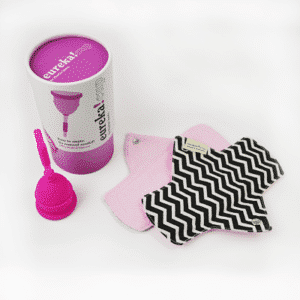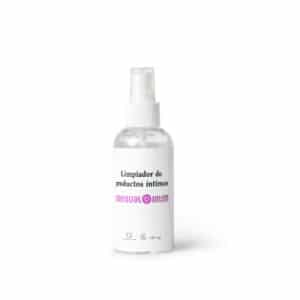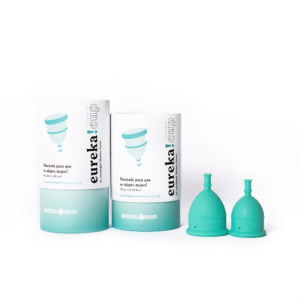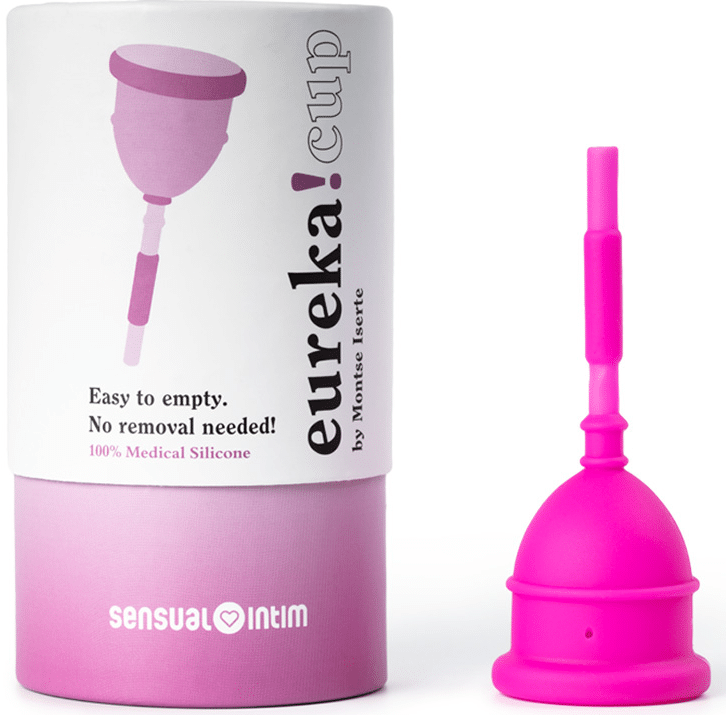
What is premenstrual syndrome and what do you need to know about it?
Tiempo de lectura: 3 minutosWe all know the PMS symptoms, but did you know why does they appear? Check out if what you’re feeling about your period is “normal”.
Index:
-
What is premenstrual syndrome and what do you need to know about it?
-
Understanding premenstrual syndrome
-
How is it to experience a premenstrual syndrome?
-
Hacks to deal with premenstrual syndrome
What is premenstrual syndrome and what do you need to know about it?
When talking about the menstrual period, it is so typical to hear comments not only about how dirty it is, but also about how “hysterical” women get when they have it. They make out of place jokes that are uncomfortable. And sometimes you have the feeling of having to go through a hyper-vulnerable period with shame, discomfort, rejection and fear. So a question arises, how can you know if you have PMS symptoms if you are not allowed to speak naturally about that?
Understanding premenstrual syndrome
According to doctors, premenstrual syndrome –or PMS, for its acronym in English– is an amalgam of emotional and physical symptoms that menstrual bodies have after ovulation and before the menstrual period. About a week or two weeks before. This symptomatology happens when estrogen and progesterone levels begin to drop dramatically. So when the levels of these two hormones are regulated, the symptoms disappear and the feeling of stability returns.
Symptoms are generally not disabling — that is, they affect other areas of life, such as school or work. And they are closely related to disorders such as anxiety and depression, chronic fatigue syndrome or myalgic encephalomyelitis, irritable bowel syndrome, gallbladder / bladder pain syndrome. In other words, if these disorders are regulated, the symptoms of PMS can be regulated month after month.
However, when the symptoms become disabling, that is when daily life cannot be done, they can be related to Premenstrual Dysphoric Disorder –PMDD, for its acronym in English–. In this case it is advisable to visit a gynecologist or a sexologist.
Discover more about: Menstruation myths you need to break up now

How is it to experience a premenstrual syndrome?
Although the symptoms change depending on the body that lives it, it is true that they disappear when a) you are pregnant or b) you are entering the climacteric –or menopause–.
Some of the symptoms are:
- Stress. Excessive. Oppressive.
- Emotional lability, between anxiety and depression. Even anger. Without apparent logical explanation.
- Cravings.
- Insomnia or difficulty resting.
- Self-absorption, preferring to be at home than going out with friends.
- Difficulty keeping attention to a single thought.
- Low sexual desire or, conversely, very high sexual desire.
- Some muscle and headaches.
- Digestive upset (such as rare diarrhea).
- Excessive fatigue for no apparent reason.
- Inflammation of certain areas of the body (such as the belly).
- Fluid retention (such as in the ankles or feet)
- Acne. Uncomfortable acne.
Hacks to deal with premenstrual syndrome
Although sometimes (such as disabling symptoms) it is advisable to attend the gynecologist or sexologist, there are others in which doing some activities at home can improve the symptoms.
- Exercise or aerobic physical activity. Throughout the month. Physical activity helps to regulate not only the symptoms of PMS, but also colic, difficulty concentrating, and fatigue. As ironic as it may sound.
- A balanced diet. Throughout the month. Reducing the consumption of foods and beverages with excess salt, sugar, and MSG can help reduce the symptoms of PMS
- Ensure a good sleep. Sleeping for eight will help to reduce the discomfort.
- Learn to regulate stress in the healthiest way. From meditation to going to therapy. Practise yoga, massages or chilling with friends.
- Avoid junk foods and cigarettes.
- Masturbate. A lot.
Discover more about: The pros and cons of using a menstrual cup
Get your own menstrual cup right now!
Written By: @maria.jose.ca
Translated by: @thaispascual
This site uses cookies to provide you with a great user experience. Find out more here cookies Keep browsing or accept cookies.
Cookie settings
Below you can choose which kind of cookies you allow on this website. Click on the "Save cookie settings" button to apply your choice.
FunctionalOur website uses functional cookies. These cookies are necessary to let our website work.
AnalyticalOur website uses analytical cookies to make it possible to analyze our website and optimize for the purpose of a.o. the usability.
Social mediaOur website places social media cookies to show you 3rd party content like YouTube and FaceBook. These cookies may track your personal data.
AdvertisingOur website places advertising cookies to show you 3rd party advertisements based on your interests. These cookies may track your personal data.
OtherOur website places 3rd party cookies from other 3rd party services which aren't Analytical, Social media or Advertising.

This content is blocked. Accept cookies within the '%CC%' category to view this content.




